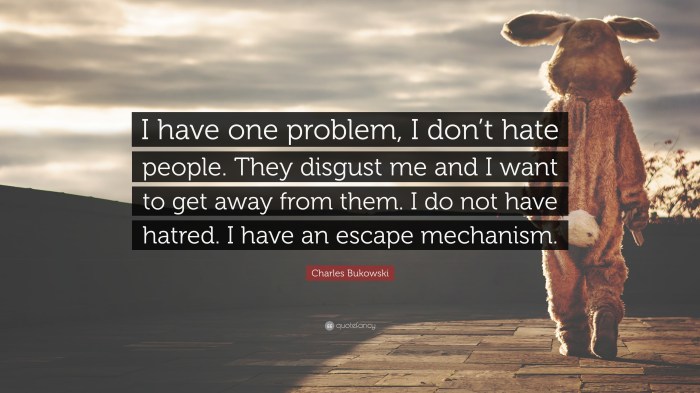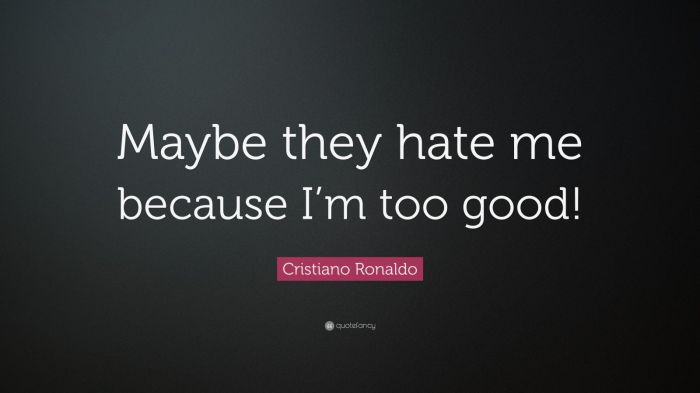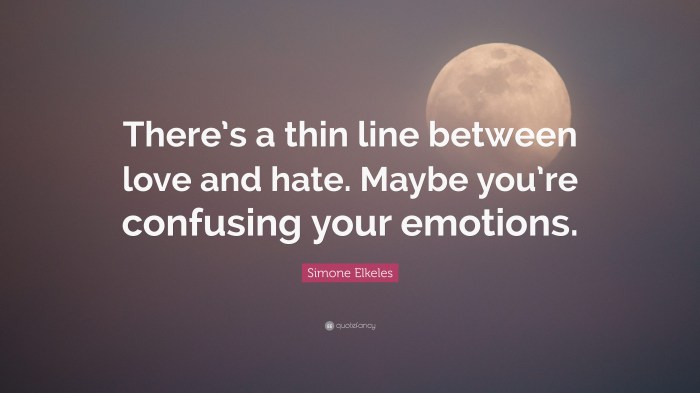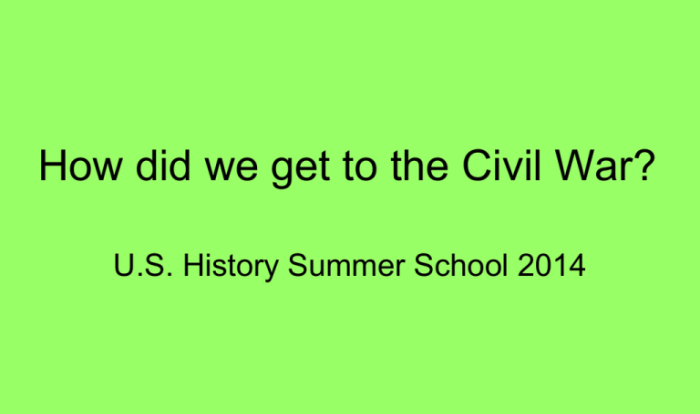As “Maybe It’s Hatred I Spew” takes center stage, this opening passage beckons readers with its engaging tone into a world crafted with expertise, ensuring a reading experience that is both absorbing and distinctly original.
This discourse delves into the intricate tapestry of hatred, unraveling its psychological underpinnings, exploring its diverse manifestations, and examining the profound impact it has on individuals and society.
Exploring the Nature of Hatred

Hatred, a corrosive emotion that infects the human psyche, is a destructive force that has plagued humanity throughout history. It is a complex and multifaceted phenomenon that manifests in various forms, leaving a trail of devastation in its wake.
Concept and Psychological Underpinnings
Hatred is a deep-seated aversion and hostility directed towards an individual or group. It is fueled by negative emotions such as anger, fear, and disgust, and often stems from perceived differences, whether real or imagined. Psychologically, hatred is rooted in the amygdala, a brain region associated with fear and aggression.
Understanding the Causes of Hatred

Hatred is a complex emotion that stems from various factors. It is crucial to understand the underlying causes to address and prevent its destructive effects.
Social Factors
Social factors play a significant role in fostering hatred. Discrimination, prejudice, and social inequality can create resentment and hostility towards certain groups of people. Negative stereotypes and generalizations about others based on their race, gender, religion, or other group affiliations can fuel hatred and divide societies.
Psychological Factors
Psychological factors also contribute to the development of hatred. Negative experiences, such as trauma or personal victimization, can lead to feelings of anger, resentment, and a desire for revenge. Fear and insecurity can also trigger hatred, as individuals may view others as threats to their well-being or identity.
Environmental Factors
Environmental factors can shape the development of hatred. Poverty, lack of education, and social isolation can create conditions that foster prejudice and discrimination. Exposure to violent or hateful media and online content can also reinforce negative attitudes towards others and contribute to the spread of hatred.
Consequences of Hatred: Maybe It’s Hatred I Spew

Hatred, a corrosive force that gnaws at the fabric of society, exacts a heavy toll on individuals and communities alike. Its insidious nature manifests in a myriad of personal and societal consequences, leaving behind a trail of psychological harm, violence, and discrimination.
Psychological Harm
Hatred inflicts profound psychological damage on both its perpetrators and victims. For those who harbor hatred, it becomes a consuming obsession, poisoning their thoughts and distorting their perceptions. It leads to anxiety, depression, and a sense of isolation. Victims of hatred, on the other hand, often experience feelings of fear, shame, and anger.
The venom I spew may be born of hatred, but it’s not just empty words. Each syllable carries the weight of a truth, even if it’s an ugly one. Like the words with naut in them , my words are a reflection of the navigator within, guiding me through the treacherous waters of emotion.
They may be harsh, but they are not without purpose. I speak my truth, even if it’s not what you want to hear, because sometimes the hardest words are the ones that need to be said.
Hatred can shatter their self-esteem and erode their trust in others.
Violence and Conflict
Hatred is a breeding ground for violence and conflict. When left unchecked, it can escalate into physical aggression, both on an individual and societal level. Acts of violence motivated by hatred, such as hate crimes and genocide, have left countless lives shattered and communities torn apart.
Hatred also fuels conflicts between groups, fostering divisions and undermining social cohesion.
Discrimination
Hatred often manifests in discriminatory practices that deny individuals and groups their basic rights and opportunities. It can lead to unequal treatment in employment, housing, education, and healthcare. Discrimination based on hatred creates barriers to social and economic advancement, perpetuating cycles of poverty and inequality.
Overcoming Hatred

Hatred is a destructive force that can poison our hearts and minds. It can lead to violence, discrimination, and other forms of harm. Overcoming hatred is essential for creating a more just and peaceful world.
There are many strategies that we can use to overcome hatred. One important strategy is to develop empathy. Empathy is the ability to understand and share the feelings of others. When we can see the world from the perspective of others, it becomes more difficult to hate them.
Understanding
Another important strategy is to understand the causes of hatred. Hatred often stems from fear, ignorance, and prejudice. When we understand the roots of hatred, we can better address them.
Dialogue
Dialogue is also essential for overcoming hatred. When we talk to people who are different from us, we can learn about their experiences and perspectives. This can help us to break down stereotypes and build bridges of understanding.
Successful Initiatives
There are many successful initiatives that have addressed hatred and promoted reconciliation. One example is the Truth and Reconciliation Commission in South Africa. This commission was established to investigate the human rights abuses that occurred during apartheid. The commission’s work helped to promote healing and reconciliation between the different groups in South Africa.
Designing a Content Structure Using HTML Table Tags
HTML table tags provide a structured and accessible way to organize and present data in web pages. By using table tags, you can create responsive tables with multiple columns and rows, making it easy for users to scan and understand the information presented.
To create a table, use the
| tag. You can control the number of columns in the table by specifying the number of | tags within each |
| tags. You can also use HTML tags to format the text, such as for bold or for italics.
In addition to text, you can also add images, links, and other elements to table cells. To add an image, use the Enhancing Readability and Accessibility, Maybe it’s hatred i spewThere are several ways to enhance the readability and accessibility of your tables. First, use descriptive column headings to clearly identify the data in each column. Second, use consistent formatting throughout the table. Third, avoid using tables for layout purposes. Tables should be used to present data, not to control the appearance of your page. Illustrating with Bullet Points
Bullet points are an effective way to summarize key points and make information easy to understand. They can be used to organize ideas into logical categories or sections. When using bullet points, it is important to keep them concise and to the point. Each bullet point should convey a single idea or piece of information. Benefits of Using Bullet Points
Essential FAQsWhat is the primary focus of “Maybe It’s Hatred I Spew”? The primary focus of “Maybe It’s Hatred I Spew” is to explore the nature, causes, and consequences of hatred, providing a comprehensive understanding of this destructive emotion. How does hatred manifest itself? Hatred can manifest itself in various forms, including hateful speech, discrimination, violence, and prejudice, negatively impacting individuals and society as a whole. What are some strategies for overcoming hatred? Overcoming hatred requires fostering empathy, understanding, and dialogue, promoting tolerance and reconciliation, and implementing initiatives that address the root causes of hatred. |

